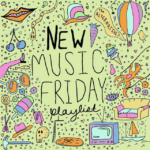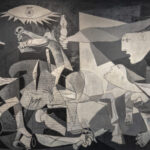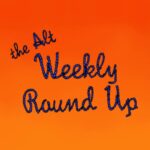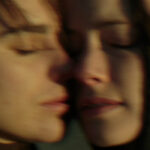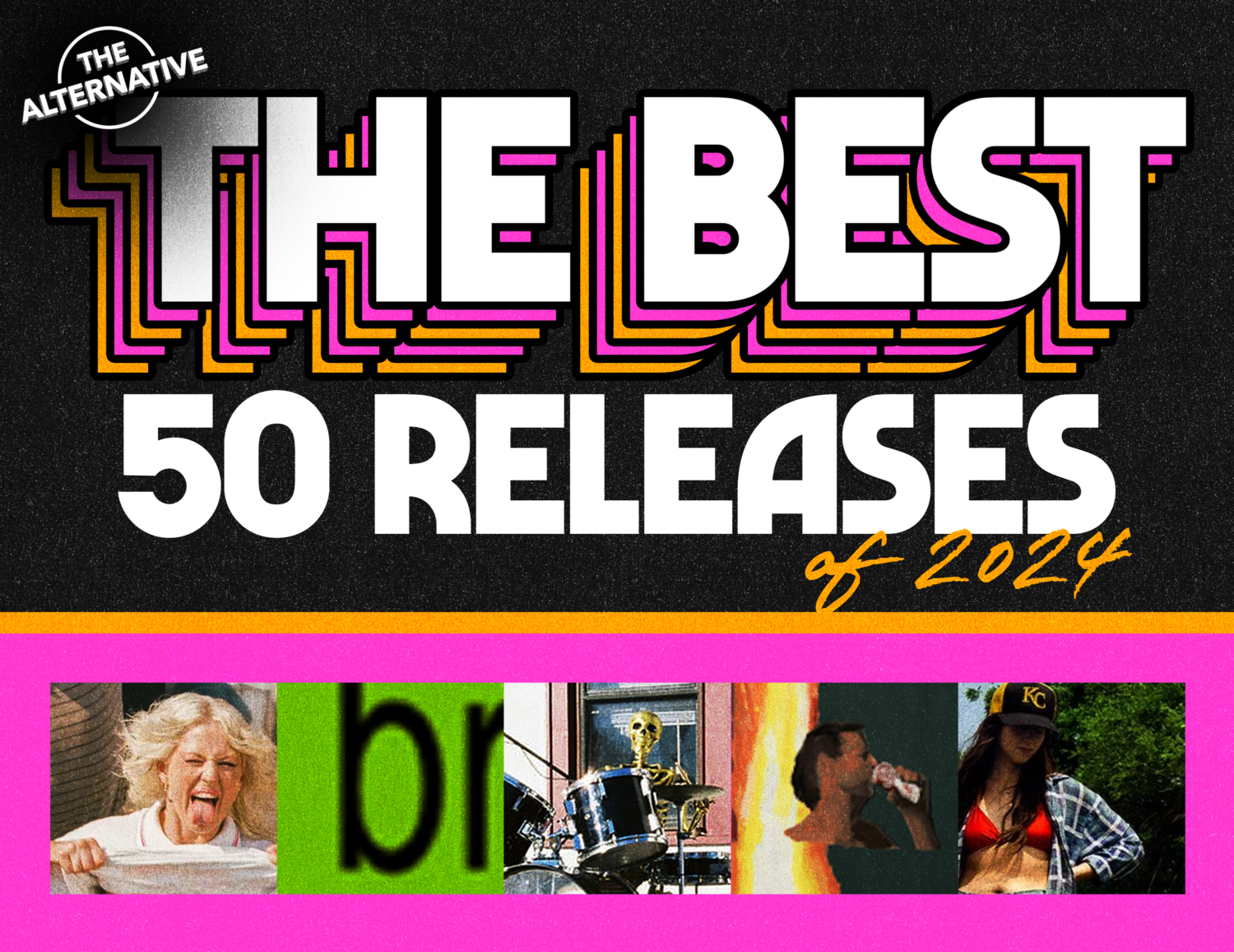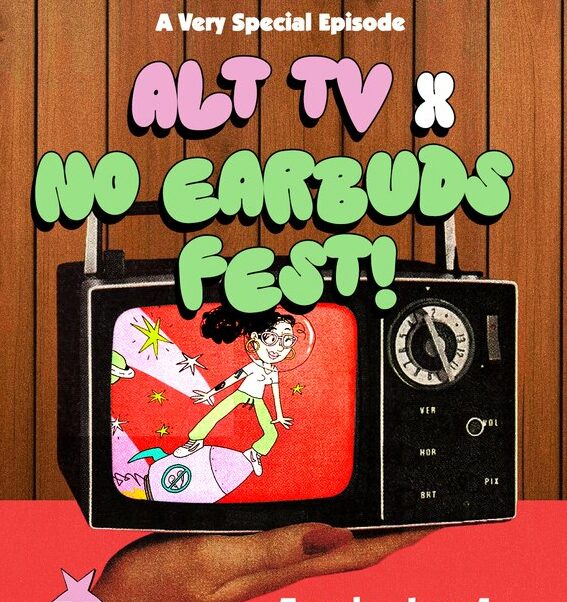Ultimate Guide to Bright Eyes
Posted: by The Alt Editing Staff
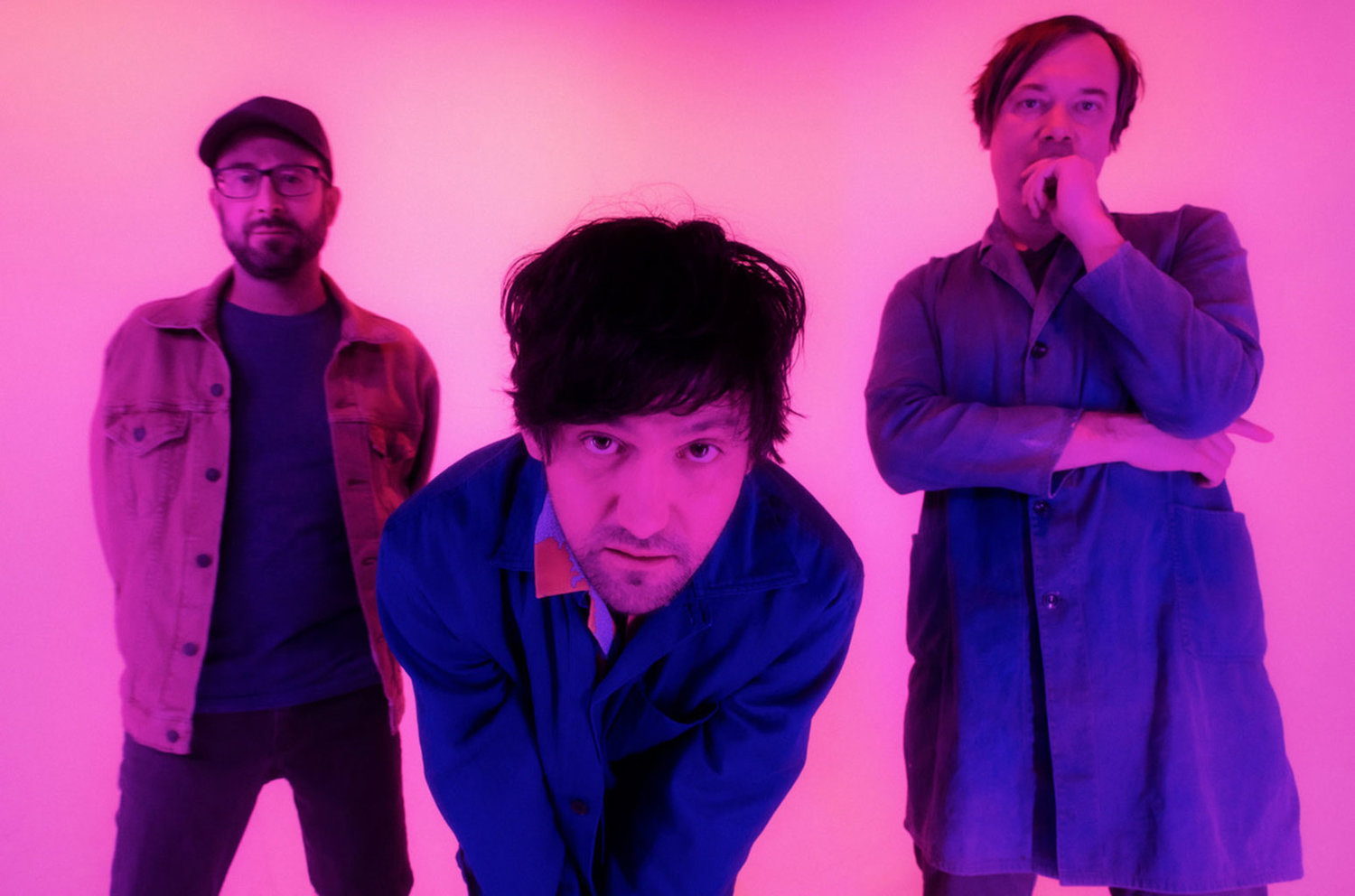
Photo by Shawn Brackbill
After a nine year hiatus, Bright Eyes have re-emerged to the indie rock spotlight. Posting an enigmatic, static video across social media platforms with the hashtag “BrightEyes2020” last month, excitement over a possible reunion began to bloom. Dead Oceans officially confirmed the suspicions a couple weeks ago. Not only is there a new album in the works, but even a few tour dates too. While Oberst has been very active in the years since Bright Eyes’ hiatus with various other projects, including multiple solo albums, Desaprecidos, and the Better Oblivion Community Center debut last year, nothing has ever quite hit the same heights as Bright Eyes.
As resident Conor Oberst stan here at The Alternative headquarters, I have taken it upon myself to create a guide for those who want to catch up on Bright Eyes’ expansive discography. Like many die-hard Oberst fans, I never really grew out of my Bright Eyes “phase”. I’m here to give you my raw, un-filtered, honest opinion on what to listen to and why. For those who are entirely new to Bright Eyes and want to understand the hype, and to those who maybe just want a refresher course, I am here to be your Bright Eyes guru. For the sake of your time and mine I am going to be leaving out EP’s, The Christmas album, Motion Sickness, and Noise Floor. And with that, let’s dive in.
In the late 90’s, there was a thriving DIY community in Omaha, Nebraska. At the time, locals coined the term “saddle creek sound” for kids frequenting this scene. A once derogatory term for yuppies in the community, the Saddle Creek sound was relinquished by bands like Polecat, Slowdown Virginia, Commander Venus, and The Faint, who turned it into something much more. Like most DIY musicians, the incentious nature of this DIY community meant that these groups often crossed members, shared spaces, and were continuously churning out new, experimental, lo-fi punk tapes.
By the age of 13, Conor Oberst had already began playing and writing his own music and was an active member in this local scene (most notably with Commander Venus, where he really began to gain his footing). However, soon after his excursions with Commander Venus, Oberst had begun focusing more and more of his attention on the acoustic four-track tapes he was mixing in his basement, and not on his bandmates.
With the help of a young Mike Mogis, A Collection of Songs Written and Recorded 1995-1997 was born. A Collection Of Songs is the love-child of Oberst’s collective influences, and a true introduction of what you can expect from Bright Eyes’ discography in its most basic form. While the album is stripped, raw, and a little weird, it’s the keystone of Oberst’s humble beginnings. However, with that being said, the dull acoustics and rudimentary drum machine loops are not for everyone, and not a must listen. Let’s be real here, who would expect a horny, 14 year old kid to record a masterpiece? That’s right, absolutely no one would.
TLDR: Lo-fi emo meets pop meets your older brother’s drum machine
Key tracks: “The ‘Feel Good’ Revolution”, “Falling Out Of Love At This Volume”, “Feb. 15”
Later that year (1998), Bright Eyes released their first “real” record, Letting off the Happiness. The recording process was split between two studio sessions, one of which was with Mogis in Nebraska and the other in Athens, Georgia. Mogis’ involvement with the band was a bit of happenstance, but clearly marked a difference in the quality of this release, and a key for the group’s future. Now with a fancy eight track instead of a measly four, and access to greater studio tools, Letting off the Happiness was much more cohesive and palatable than A Collection of Songs. Mogis was learning how to produce while Oberst was learning how to write, creating a mutually beneficial dynamic between the two, and a necessary element when it came to the creation of Bright Eyes’ unique sound. A mixture of dark synth beats and twangy acoustic melodies layered under Oberst’s raw vocals set the group apart.
Now beginning to tour on a small scale, the group was starting to gain a bit of traction. In all, Letting off the Happiness is still pretty lo-fi and melancholy, with a few exceptions. For me, this album has some hits, but I never sit and listen to it in full. If you like twisted, weird shit then this album is for you. If you have time to listen to one song on this, make it “June On The West Coast”.
TLDR: More produced. Dark synth with some twangy bops mixed in.
Key Tracks: “City Has Sex”, “June On The West Coast”, “If Winter Ends”
Two years later, the release of Fevers and Mirrors launched Bright Eyes into the mainstream. Recorded in the dead of a nasty Omaha winter, this release was much more urgent than those before. Practically locked in Mogis’ basement, the group recorded around the clock until the album was finally complete. With this, the band started to get reviews from major publications, and they were saying good things. They were going on world tours. They were doing the thing!
Quickly, Fevers and Mirrors became a fan favorite. Many will argue that this is the ONE Bright Eyes record you should listen to. I’m here to tell you that those people are wrong. The nostalgia factor is stronger than its actual appeal. I’m not saying it’s not a brilliant record, but to me this record was simply a stepping stone for the group’s unprecedented future. The repetitive imagery and theatrical production means you HAVE TO listen to it front to back, and any act of passive listening would just be entirely unethical. While I don’t think it’s one of the band’s best records, I would argue that it is one of the most influential “indie” albums to date. Oberst really began to show what he was made of as far as songwriting goes with this release. He marked himself as a storyteller first and foremost. Every track feels like you are reading somebody’s diary entry. I know that’s an overused cliche, but every depressed teen will read that sentiment and undoubtedly agree that Fevers and Mirrors was the album you listened to to commiserate how absolutely bleak your life felt.
In its most basic form, it’s a record of self reflection. However, the popularity of this record set a weird standard for years to come, with many people assuming that all Bright Eyes records were this painful and gloomy, and part of the reason why this band is seen as throwback despite the fact that they were making records well into the late 2000’s. To say that Oberst wrote his best album at 20 years old is just silly, but I will give credit where credit is due and say if you only listen to three Bright Eyes albums, you HAVE to make this one.
TLDR: Depressing as hell, but like in a good way. Commiserate with it.
Key Tracks: “The Calendar Hung Itself…”, “Something Vague”, “An Attempt to Tip the Scales”
If you take anything from this guide, it will be that LIFTED is Bright Eyes’ Magnum Opus. Lifted or The Story is in the Soil, Keep Your Ear to the Ground is where the band began to cash in their experience points. When I say the production of this one is cinematic, I’m not joking, they used a whole ass drum corps for crying out loud. Playing off the glum of Fevers and Mirrors, every word falls off Oberst’s tongue with intimate precision. The songwriting is grandiose and perplexing. The content is challenging yet uplifting. There are so many beautiful one-liners wrapped into this album, I could write an entire essay on that alone. Every track is bone chilling and unique. I dare anyone to listen to this record and not play it again. LIFTED is the Lays of indie rock, you can’t have just one [listen]. It’s a perfect album, other than “Don’t Know When But A Day Is Gonna Come” that song is painstakingly boring, but alas we will let it pass. I would pop off about every single track on this record, but I still have a lot to cover, so just trust me and take an hour out of your life to really listen to this album and then thank me later.
TLDR: Cinematic. Every single emotion. Best album.
Key Tracks: “Let’s Not Shit Ourselves”, “Bowl Of Oranges”, “Lover I Don’t Have To Love”
If you’re into experimental stuff, Digital Ash In a Digital Urn is the record for you. Released the same day as I’m Wide Awake, It’s Morning, in 2005, Digital Ash is like the group’s weird step-brother who was really into existentialism and protools. Sound bites of screaming babies and all, they got a little twisted with this one, but in all the best ways. As with pretty much every Bright Eyes album, this one starts a bit slow, but trust me you need to listen to everything. Skip the instrumentals if you must, but just know you’re cheating yourself if you don’t sit down and listen to this record front to back, in one sitting, as it was intended. While the various tempo changes, screeching sound effects, and backwards tracking can be a bit off putting, I pose the question: what great art doesn’t make you feel a little bit uncomfortable. While a bit strange at its core, the record is balanced with ingenious pop hits and is an underrated treasure.
TLDR: Weird but like in a really good way.
Key Tracks: “Take It Easy (Love Nothing)”, “Easy/Lucky/Free”, “I Believe in Symmetry”
I’m Wide Awake, It’s Morning showed a new sense of restraint for the band, opposing the sister release of Digital Ash. However, its simplicity has led it to become a timeless classic. While there are ebbs and flows of outrageous brass breakdowns and stripped acoustic guitar, it’s a folk album at its core. Released soon after President Bush took office, there’s an obvious political tinge that plays upons the fear and frustrations of the time. But like any great folk record, it also speaks of love and loss. Many of the themes are vague enough to ring true today, which is a bit tragic, yet oddly comforting.
With leading tracks, “First Day of My Life” and “Lua”, this is the group’s most popular release for passive listeners. For example, people who aren’t familiar with indie music may not recognize the name “Bright Eyes”, but if they heard the intro to “First Day Of My Life” in Starbucks, they would most likely know the tune. Many die-hard fans argue that this record doesn’t hold much weight because of its wide scope. I’m here to argue that the record is simple-yes- but that doesn’t make it bad. In fact, quite the opposite, it makes it a quintessential classic. It’s an album for the common person, it easily digestible, it doesn’t show it’s age, and it’s perfect. No lies, just love. (Sorry, you know I had to make that joke eventually).
TLDR: Quintessential indie-folk classic.
Key Tracks: “Train Under Water”, “Road To Joy”
Cassadaga was released in 2007, and marked yet another turning point for the band. Named after a spiritual encampment Oberst spent some time at in Florida, the album is whimsical and nostalgic. Lavish narratives flicker by like movie reals as pedal steel guitars, and exotic melodies hush listeners into a dream-like trance. Johnny Depp noted it was one of his favorite things in 2007 if that tells you anything about what it sounds like.
Anyway, this record was a huge leap in production from I’m Wide Awake, It’s Morning, and in 2008 Cassadaga actually won a Grammy for best recording package. Not only was the production quality insane, so was the songwriting. Oberst speaks of inner awakenings and self growth, as opposed to the dark nature of Bright Eyes’ early discography. Anyone who boils Bright Eyes down to songs depressed teenagers listen to, simply have not listened to this record and I genuinely feel bad for them.
TLDR: Johnny Depp loves this shit.
Key Tracks: “Four Winds”, “Classic Cars”, “I Must Belong Somewhere”
Finally, we made it to our last record, The People’s Key. Oberst actually took a bit of a break from Bright Eyes after the release of Cassadaga. He went on to release two solo records and a Monsters of Folk album, stating that he needed a break from using Mogis as a security blanket while producing. However, after a four year gap it was time to get back into the ring. The People’s Key is a full circle listening experience, bubbling with sonic and literary throwbacks to their back catalog. With experimental synth beats, gloomy piano, and occult imagery, there’s a little something for every Bright Eyes fan on this album. It’s their poppiest to date, and a delectable shoulder shimmy away from a complete mental breakdown. With all that being said though, it isn’t super high on the must-listen list. Critically, the record received mixed reviews, and it wasn’t super well received by longtime listeners either. I think that this record was a brilliant end to an era, and while it isn’t their best work, it’s still a hell of an album. Bright Eyes is like pizza, even when it’s bad it’s still pretty good (I know I’m groaning at myself for that one too).
TLDR: Shoulder shimmy away from a mental breakdown.
Key Tracks: “Shell Games”, “Jejune Stars”, “Ladder Song”
The Alternative is ad-free and 100% supported by our readers. If you’d like to help us produce more content and promote more great new music, please consider donating to our Patreon page, which also allows you to receive sweet perks like free albums and The Alternative merch.
_
Emily Kitchin//@deathnap4cutie

